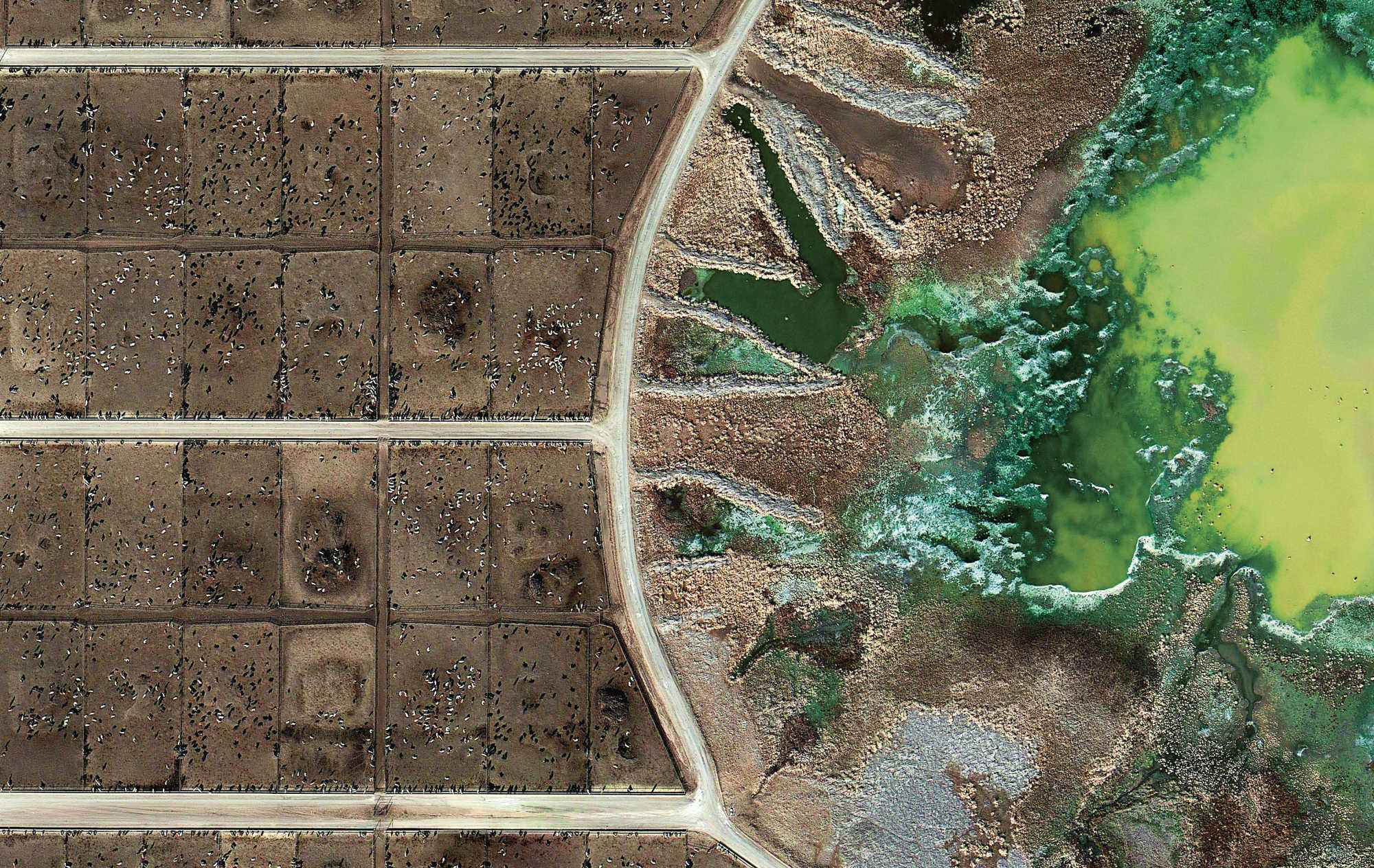
Architecture and the future of Earth
On Earth Day, we dig into Beatrice Galilee’s new book, to see how architecture can help - but also harm - our world
The way we build things is going to change. That’s the clear message from Beatrice Galilee’s bold new book, Radical Architecture of the Future. This new title takes in some of the most promising, innovative and startling responses to the way mankind shapes the planet. Far from limiting the title to simple house building, the book takes in tech, art, agriculture, sex and protest, to truly question how we make our built environment, and how we might make it better. Of course, many of these future schemes focus on our natural environment, and on Earth Day, we’d like to share a few of these.
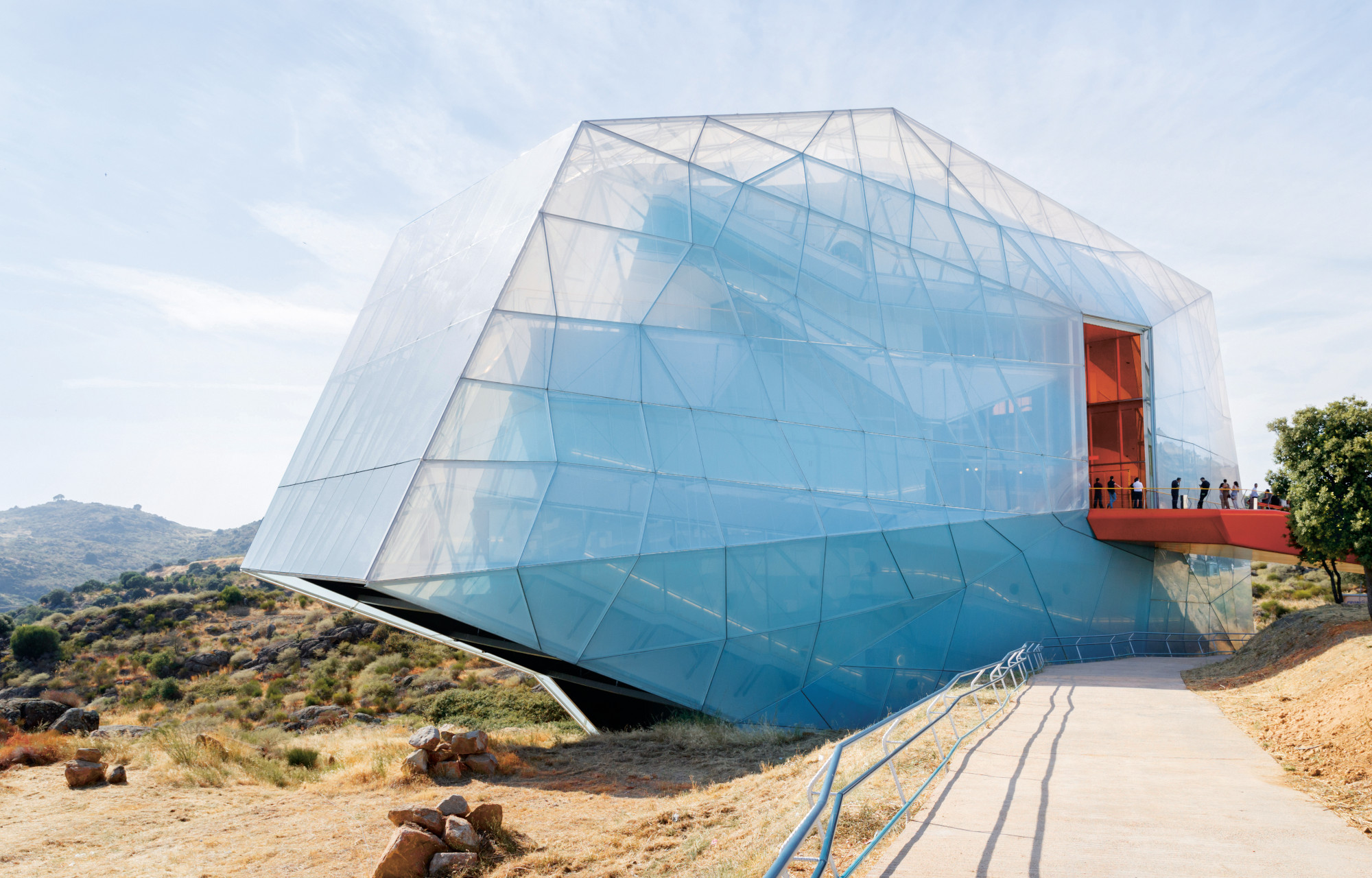
One heartening vision lies on the edge of the Spanish city of Plasencia. Radical Architecture of the Future characterises the 2017 Plasencia Auditorium and Congress Center by SelgasCano, as “an undefinable form, seemingly part chrysalis, part meteorite, which glows from the inside.”
Yet this unreal building meets very real needs. “The building is wrapped fully in a translucent skin made of the material ETFE,” explains Galilee in her book. “This durable, air-filled plastic is self-cleaning and easy to install, and it barely adds any weight to the steel-and-concrete structure. The material also offers up to a 45 percent reduction in solar heat gain, which in the hot climate of western Spain greatly reduces the financial and ecological burden of air-conditioning.”
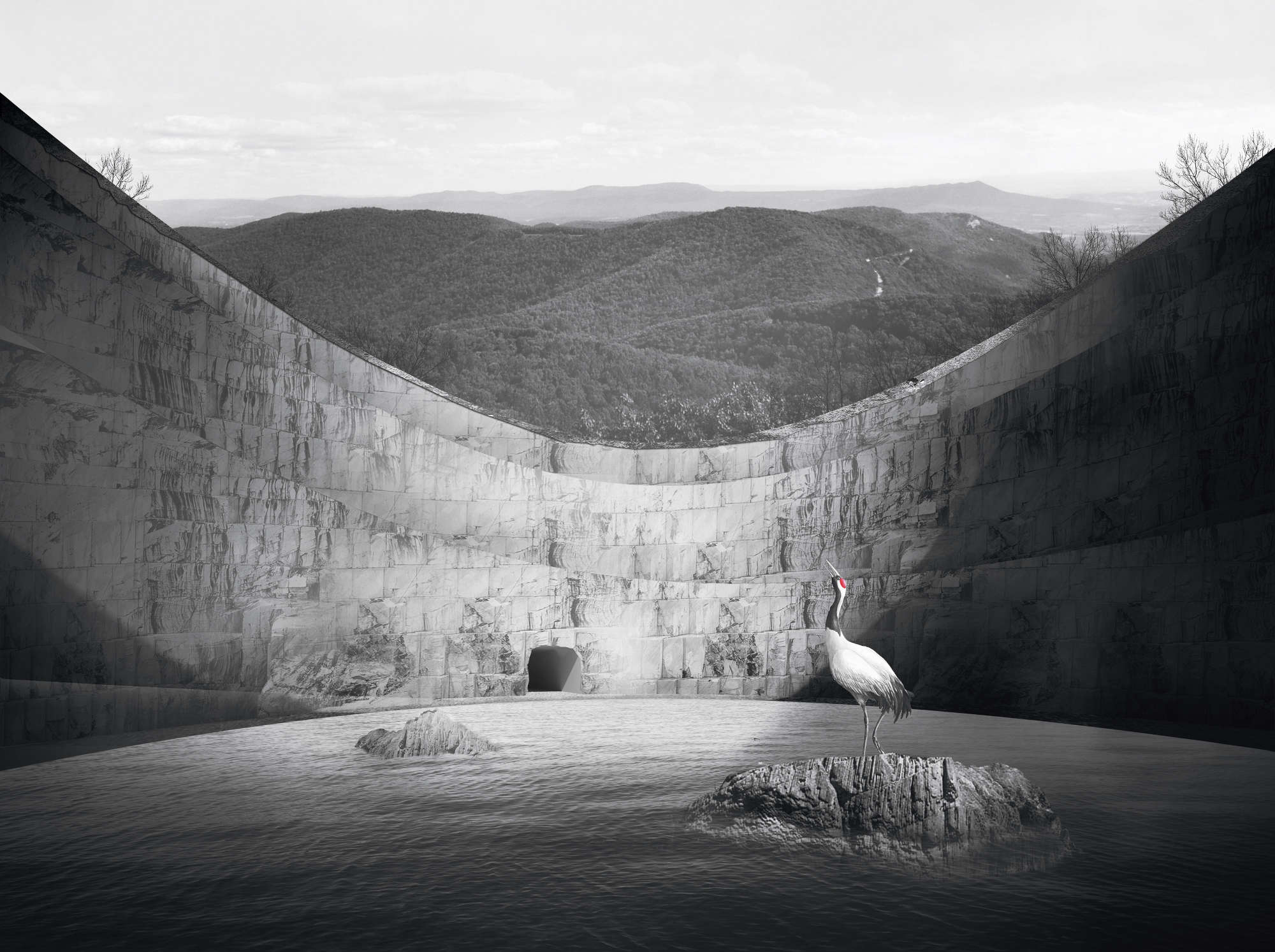
A more speculative take on the ways we can preserve our fragile planet could be built along one of its most febrile fault lines. “On the border between North and South Korea, a strip of no-man’s-land called the ‘demilitarized zone’ (DMZ) has been the subject of ever more cultural and political discourse,” says our new book. “The zone has been completely abandoned since 1952, but in recent years the possibility for a thawing of relations between north and south has seemed stronger, and artists and architects have reimagined what the role of this land could be.”
During the North-South truce, the DMZ has flourished, and is now an ecologically diverse environment, home to almost two thousand different organisms, including more than one hundred endangered species.
One of the region’s reimaginings, from Seoul–based practice Mass Studies combines these political and ecological considerations. Its Vault of Life and Knowledge, “ is a design for a future seed bank and ecology library is an adaptive reuse of one of four existing incursion tunnels. This proposal would enable both North and South Korea to contribute to a shared purpose: to study, protect, and nurture the ecology of the DMZ as a symbol of hope.”
For a sharper sense of where our planet lies right now, we might want to venture out to the Isle of Skye in Scotland, to take a seat at On Tidal Zones, a culinary and ecological installation from Cooking Sections — a London–based duo working in a fertile territory between art, research, and activism — that investigates and responds to the new landscapes and unexpected phenomena created by climate change, often using food as a way to understand those changes.
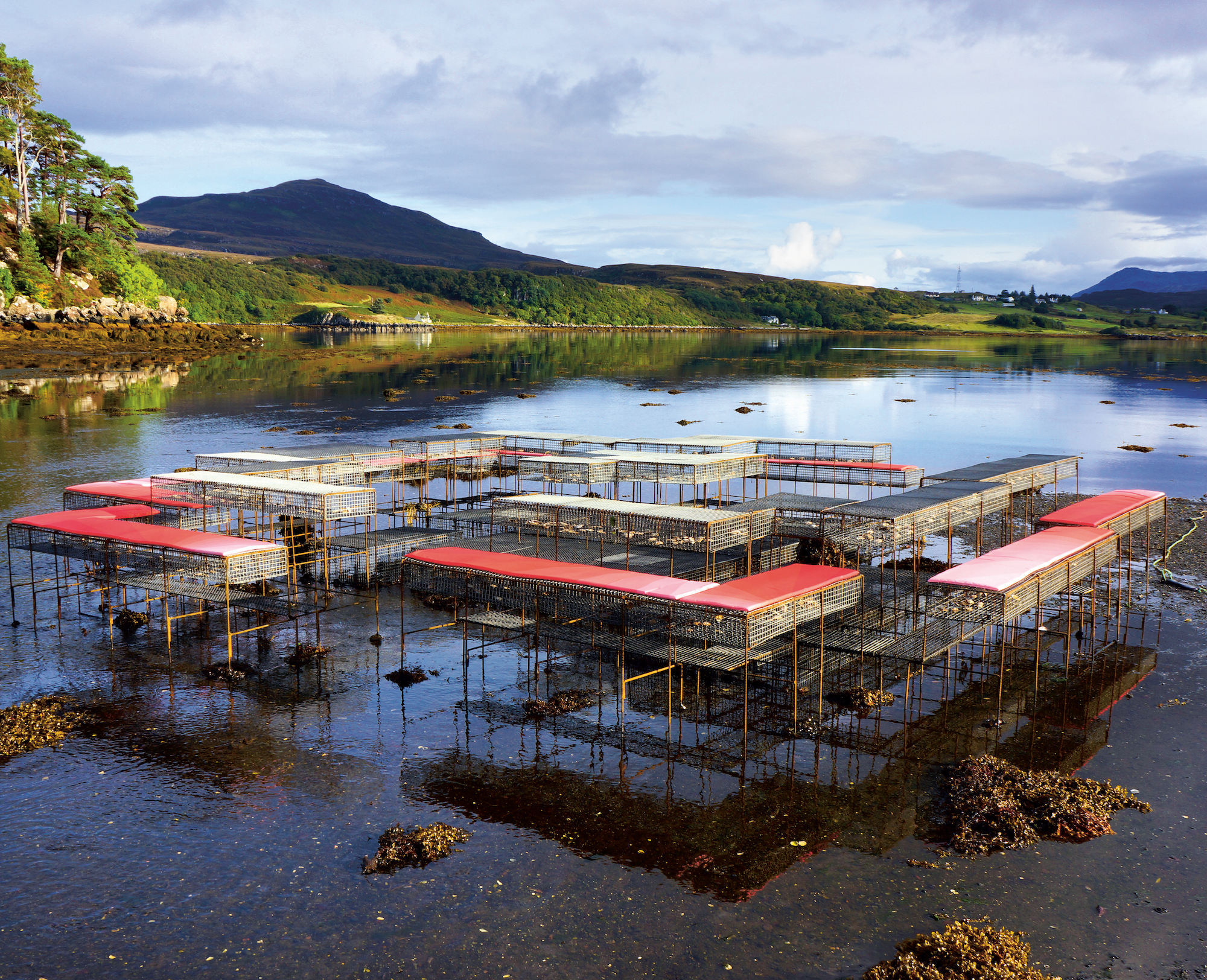
As Galilee explains, “the local economy in Skye is dependent on industrial salmon farming, but decades of heavy antibiotics and pink dyes used by farmers have contaminated the water in the region, threatening the survival of the sea and landscape.
“Cooking Sections established a series of interventions, such as educational workshops, apprenticeships, and guidance for anyone to set up an oyster or seaweed farm,” she goes on. “Each day at low tide, a series of ‘oyster tables’ emerges above the sea and operates as a public dining table for performative meals. The team works with chefs of local restaurants to create dishes utilizing species that nurture the marine ecology: seaweed, oysters, clams, and mussels.”
With this, and other creations, Cooking Sections hopes to raise awareness of the environmental impacts of intensive food infrastructures. It certainly seems like a pleasant way to learn about the plight of our planet.
For a more dispiriting vision of ecological things to come, Radical Architecture of the Future also turns to the Belgian artist Mishka Henner whose series Feedlots offers a bird’s eye view of our food production system (top image).
“The large-scale photographs depict gridded acres of arid land in Texas adjacent to luridly beautiful lagoons,” writes Galilee. “It is only on close inspection that the black dots peppering the images become identifiable as individual cattle, and the brightly colored lakes are revealed to be cesspools of raw animal waste being treated by highly polluting chemicals.
“Feedlots like these are standard in the United States,” she goes on. “The photos reveal how 99 percent of livestock production in the country is kept and maintained; this is where meat comes from. The photographs, which Henner stitched together from available high-resolution satellite imagery of the area, offer viewers the opportunity to question their complicity in this harrowing system of industrial animal production, central to the way that many people live.”
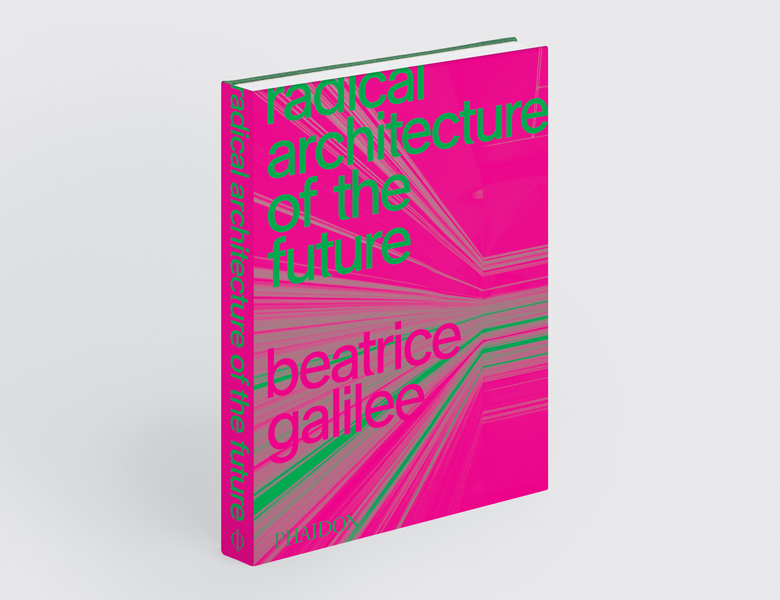
To discover more about all the projects listed, as well as a great deal more besides, order a copy of Radical Architecture of The Future here.